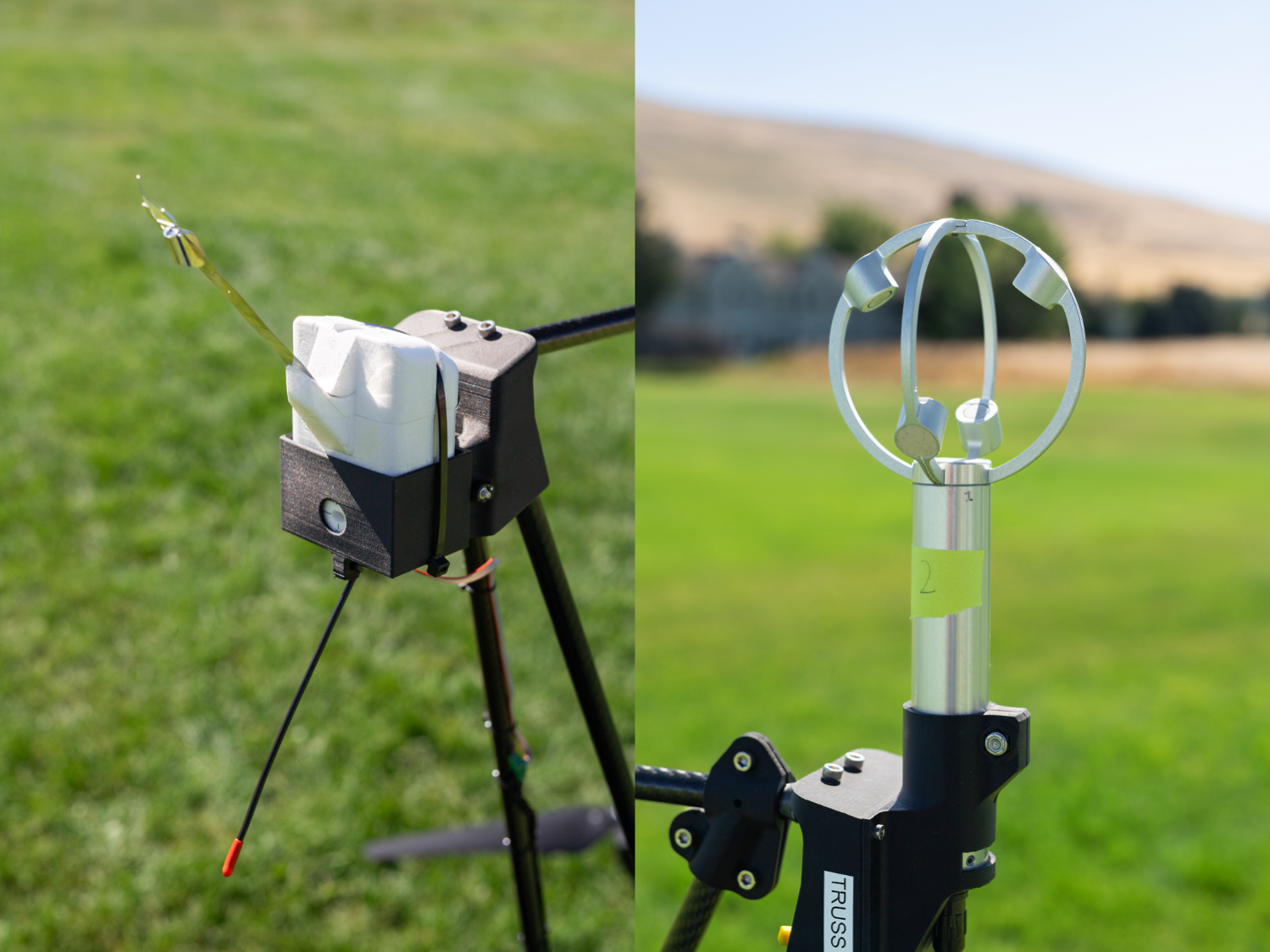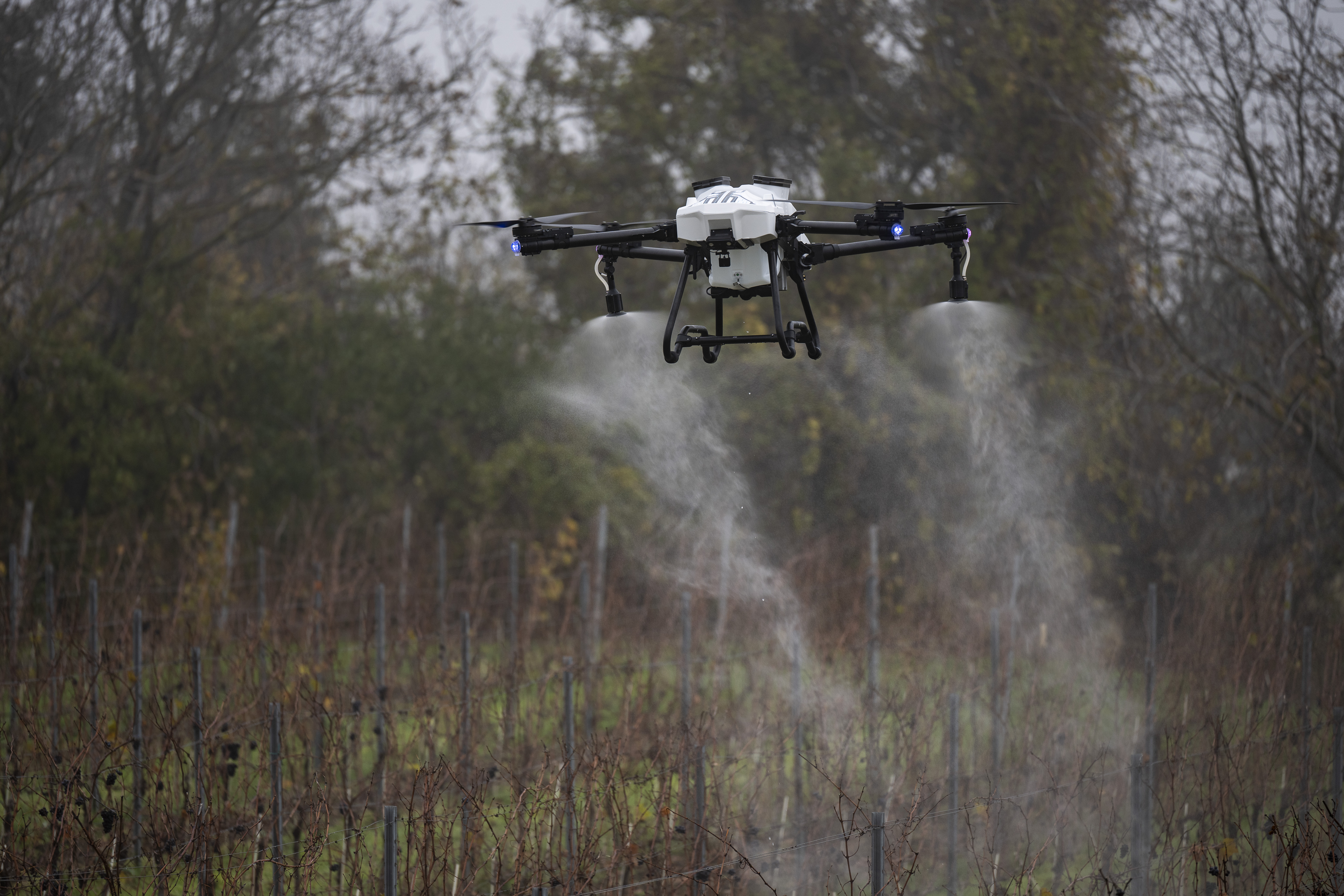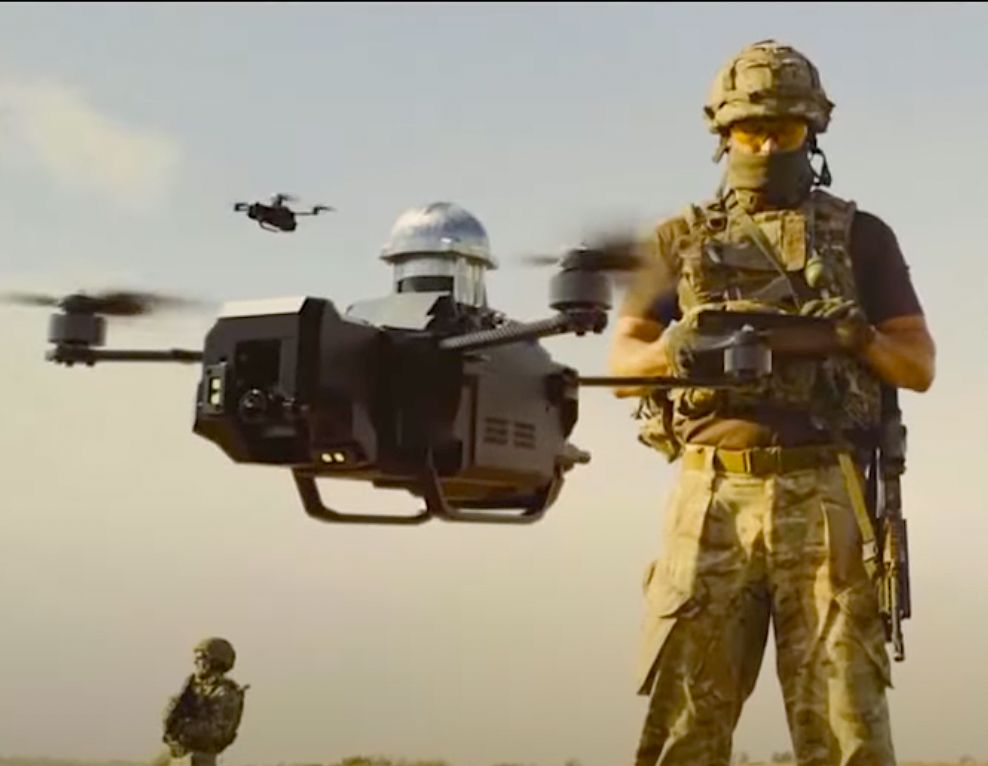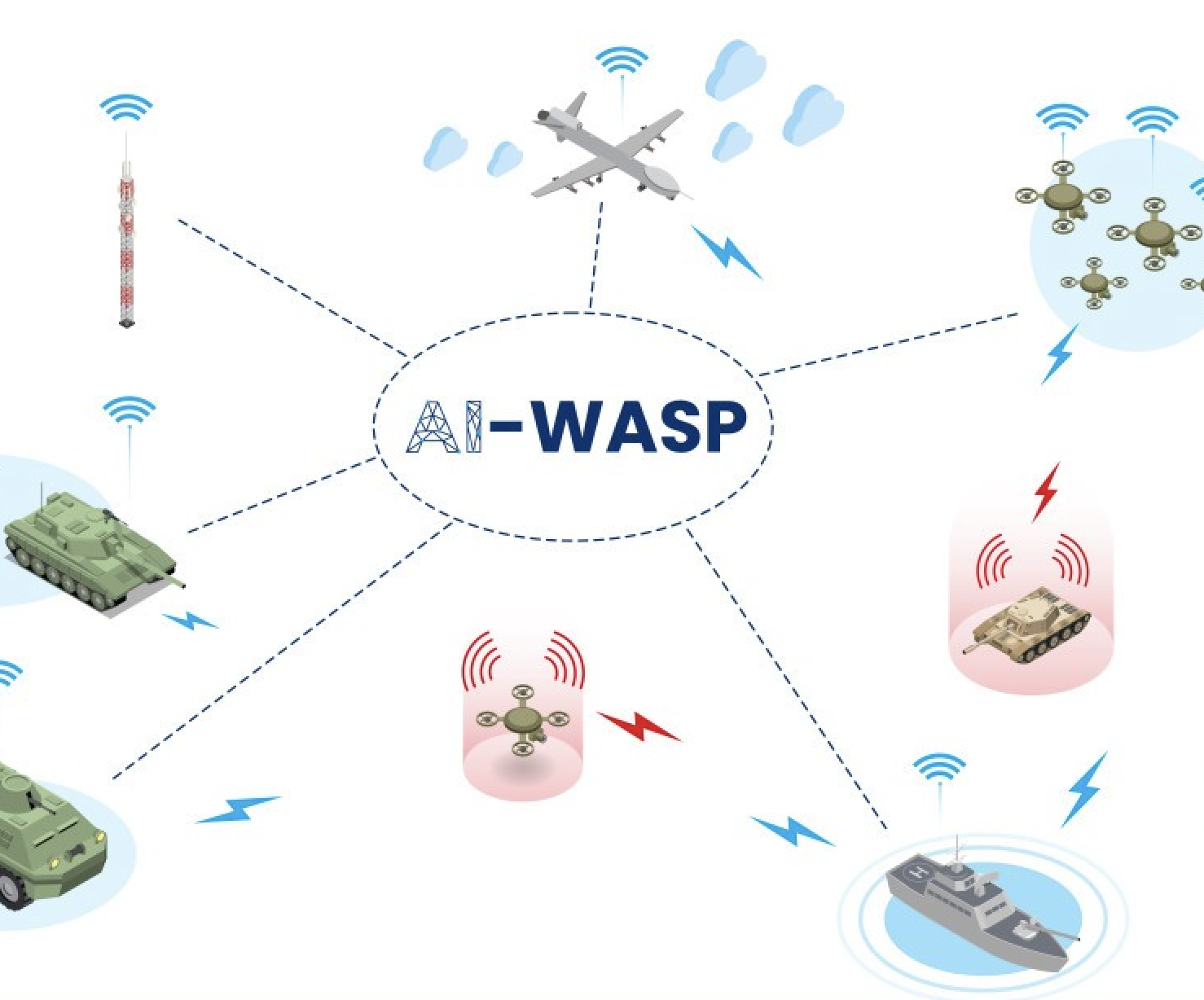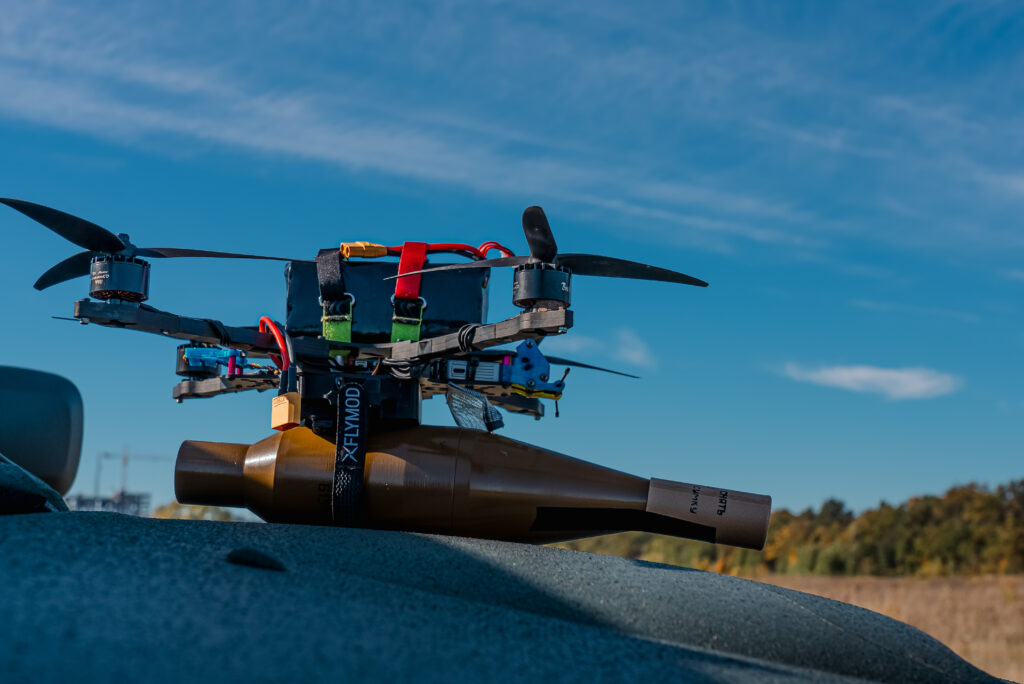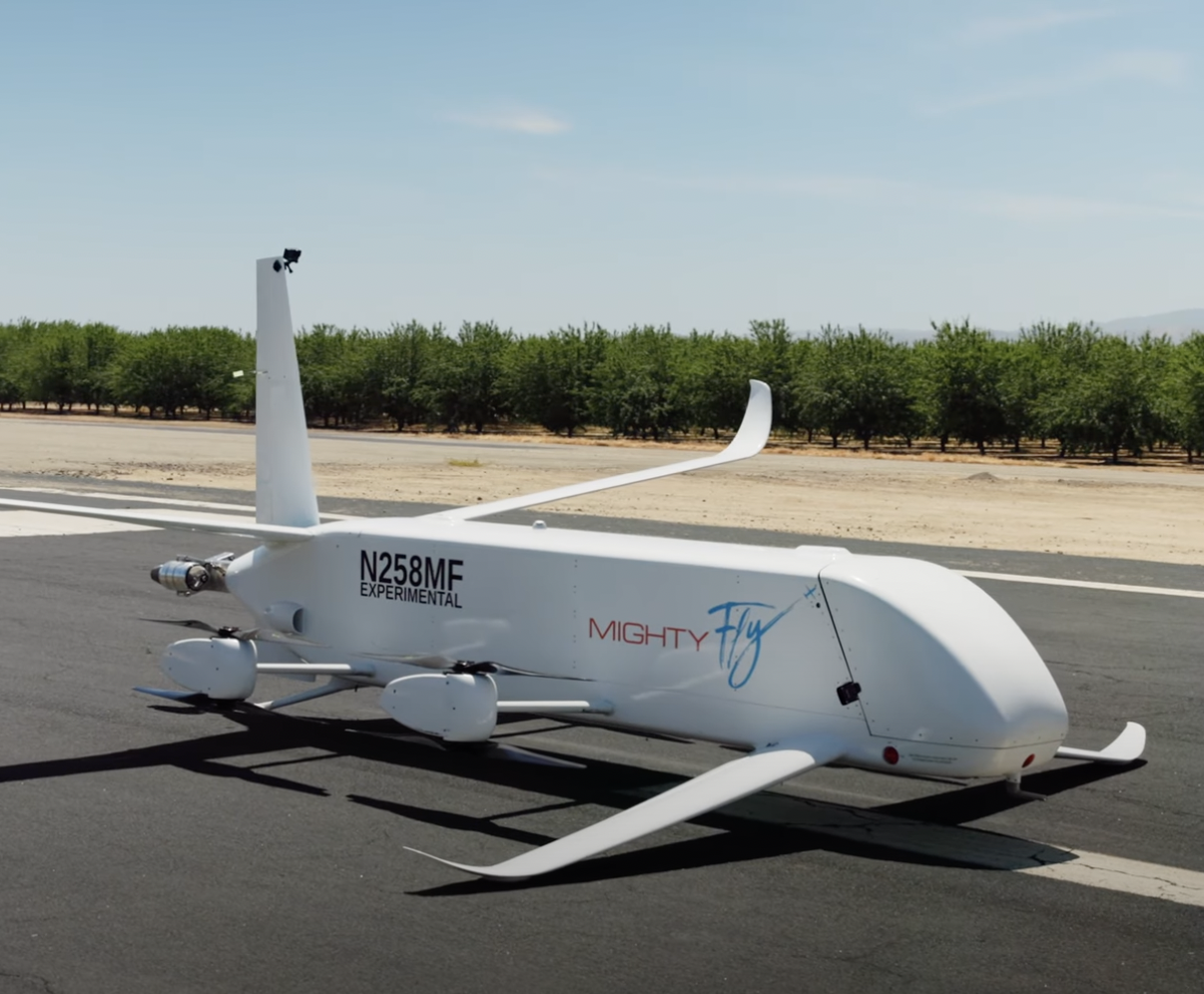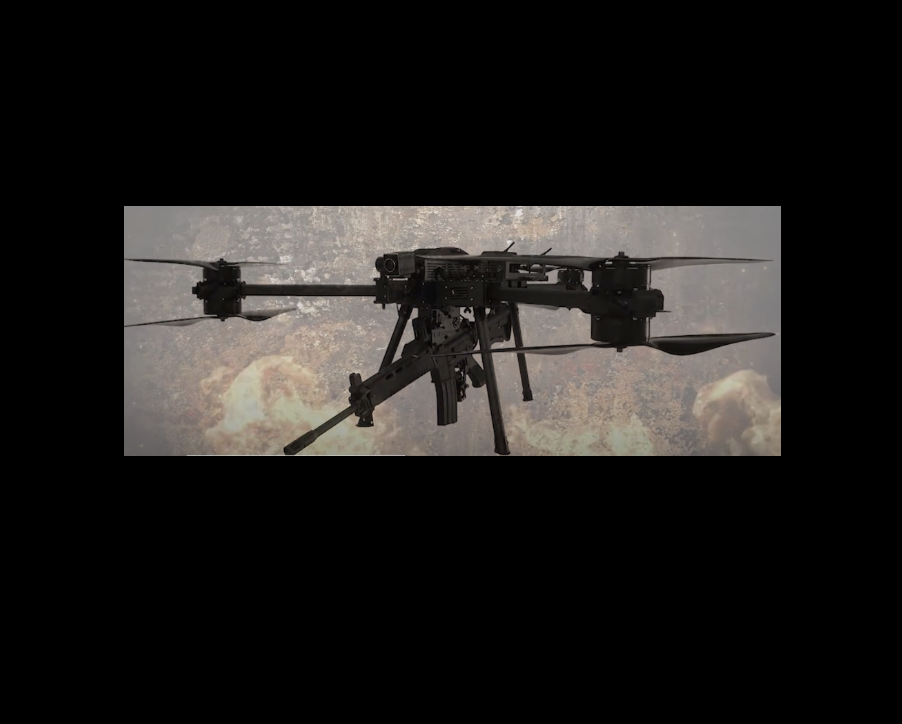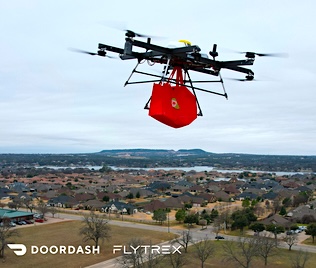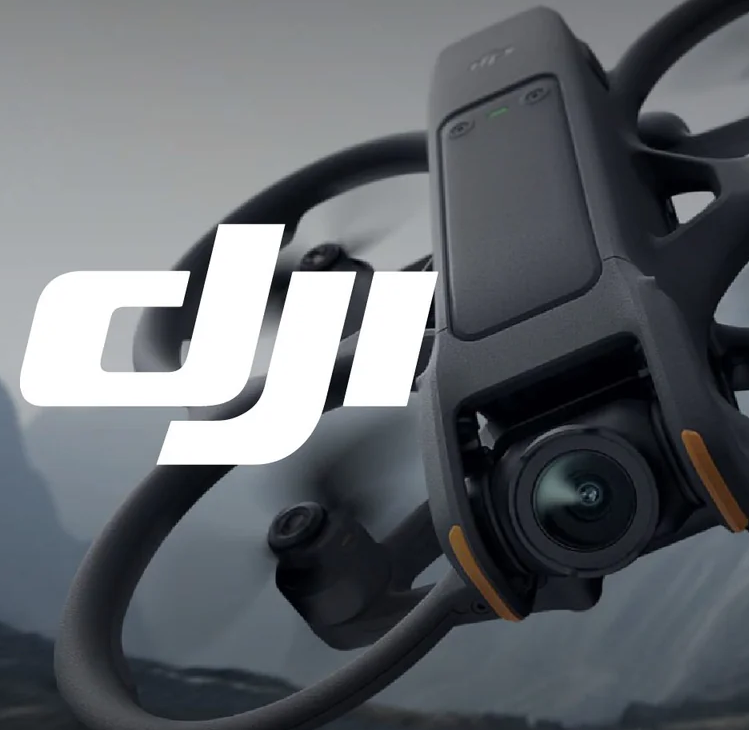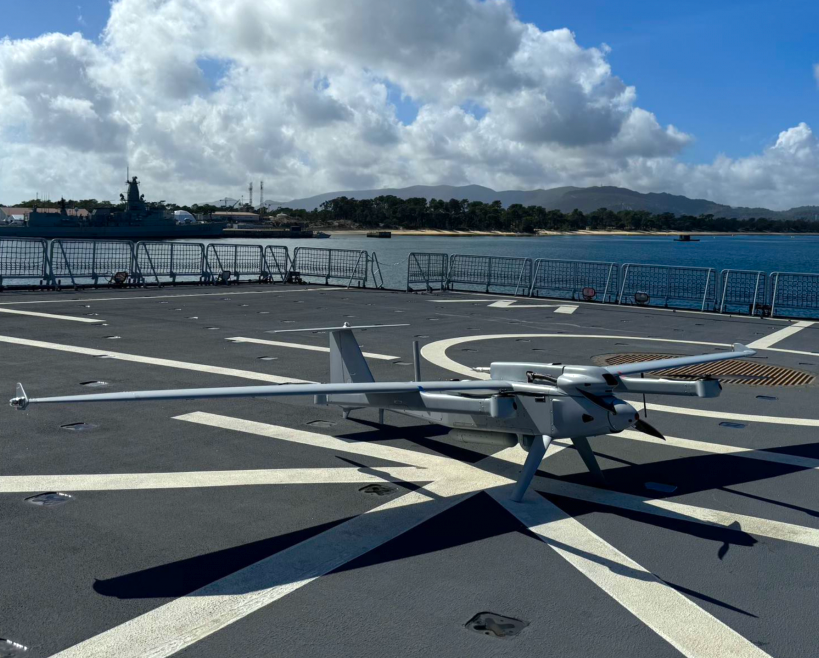Featured NewsTrending NewsNASA FireSense Project Upgrades Drones
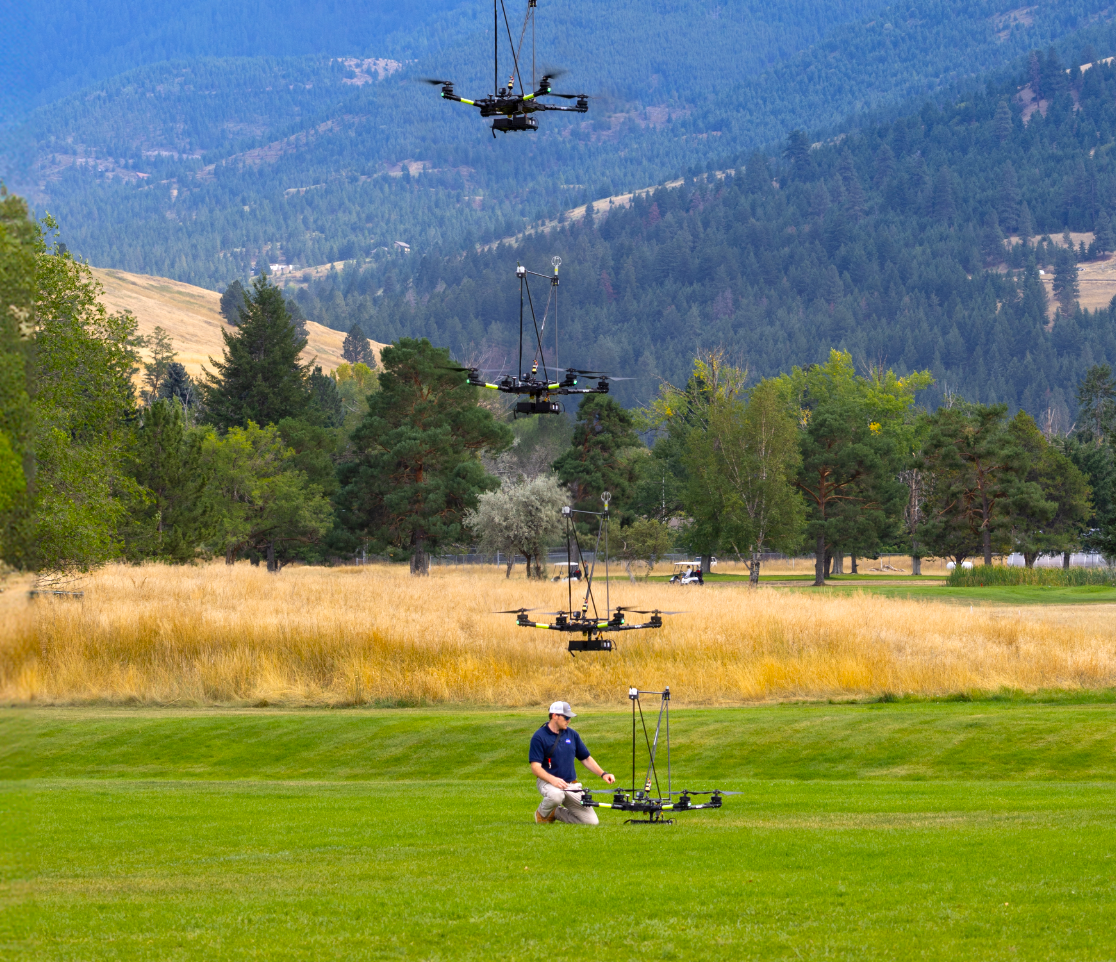
21 February 2025
Above photo courtesy of NASA.
The NASA FireSense project has added two sensors to its Alta X quadcopter to help operational agencies with better wildland fire management.
The enhancements are a radiosonde for measuring weather conditions—currently in use by the National Weather Service—and an anemometer that tracks wind speed and direction. Anemometers are usually deployed at weather stations and airports.
The localized, real-time data provided by drones are invaluable for helping fire crews forecast how to approach fire lines and community protection, while simultaneously reducing environmental and financial costs.
NASA researchers had joined together in Missoula, Montana, during August 2024, to evaluate new technologies for micrometeorology, or localized weather forecasting. This gathering apparently helped devise the value of attaching wind sensors to the Alta X drone to help predict the behavior of a fire.
